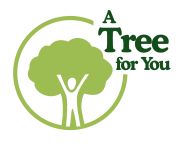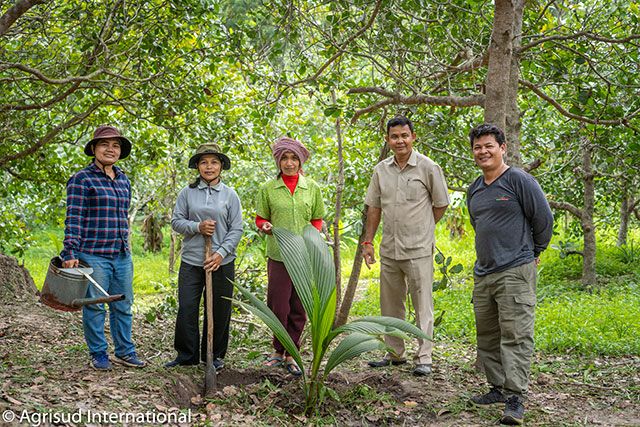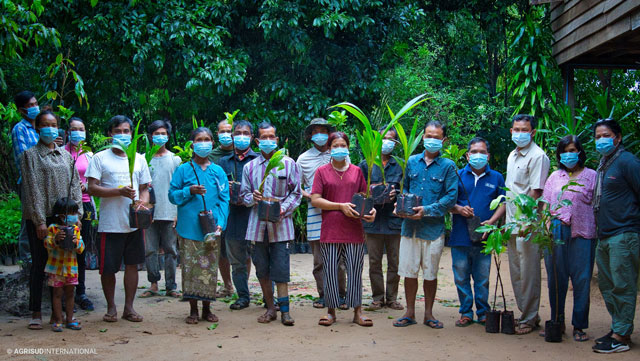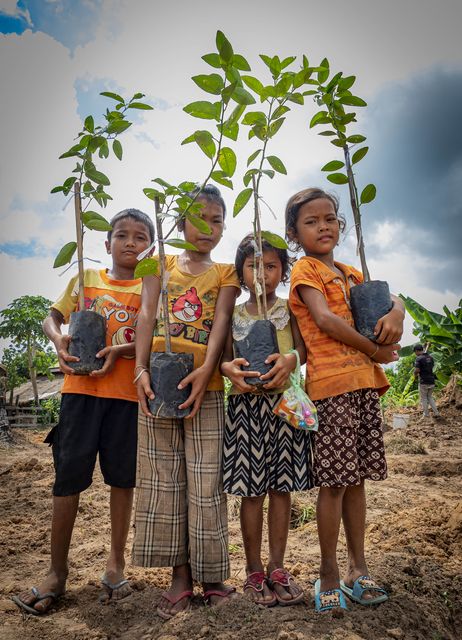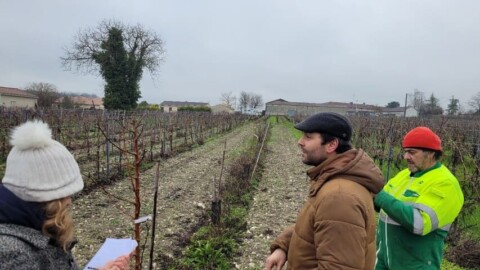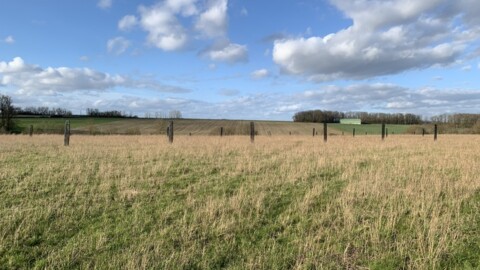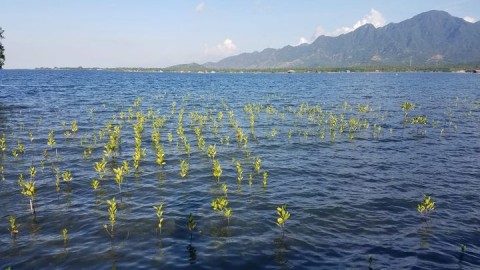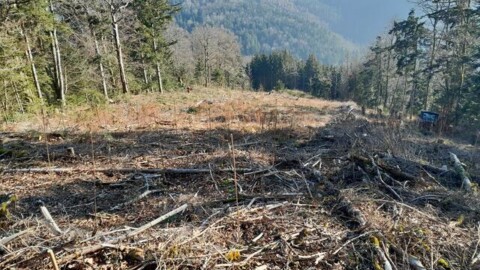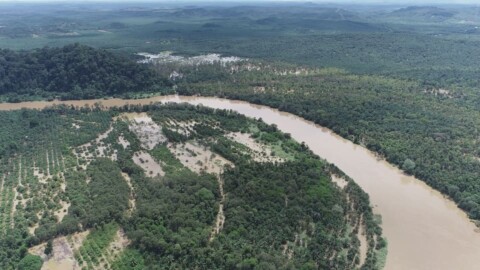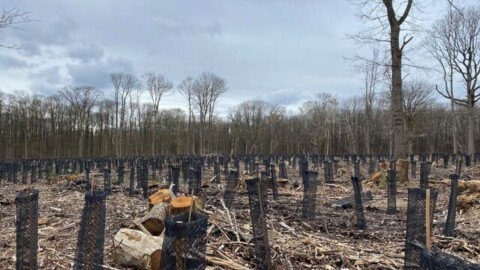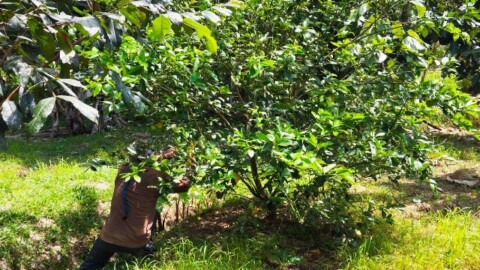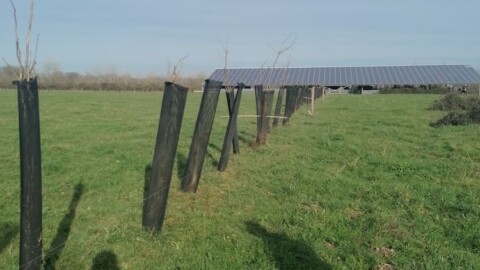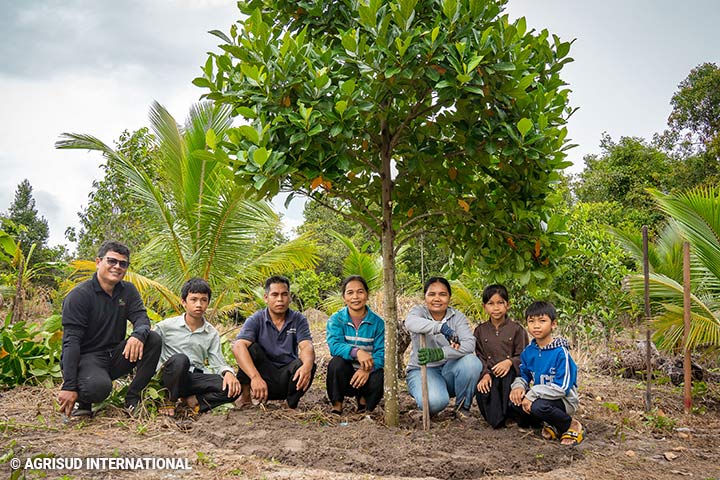
Phnom Kulen National Park, Cambodia, January 2024
At the start of this new year, we would like to thank all the donors who have contributed to this project.
Since the project launch in 2021, the seedlings have really grown! For the record, the 176 beneficiary families planted a total of 8,281 trees. This represents 23 species, including 18 fruit and 5 forestry species. This diversity delivers several benefits, namely:
- ensuring food security for families
- improving their income and living conditions
- preserving the natural resources and heritage of Phom Kulen National Park.
A year after the planting campaign, the survival rate was lower than expected for the fruit species, which are more fragile. The two main causes were increased drought and the longer time it took to transport the seedlings from nurseries to planting sites during the Covid period.
As a result, a replanting phase was launched with 4,140 new agroforestry seedlings.
On this occasion, a seedling handover ceremony was held in the village of Anlong Thom, attended by local authorities and five chiefs from neighbouring villages. The event provided an opportunity to raise public awareness of the importance of trees for food, the economy, the environment, and the climate.
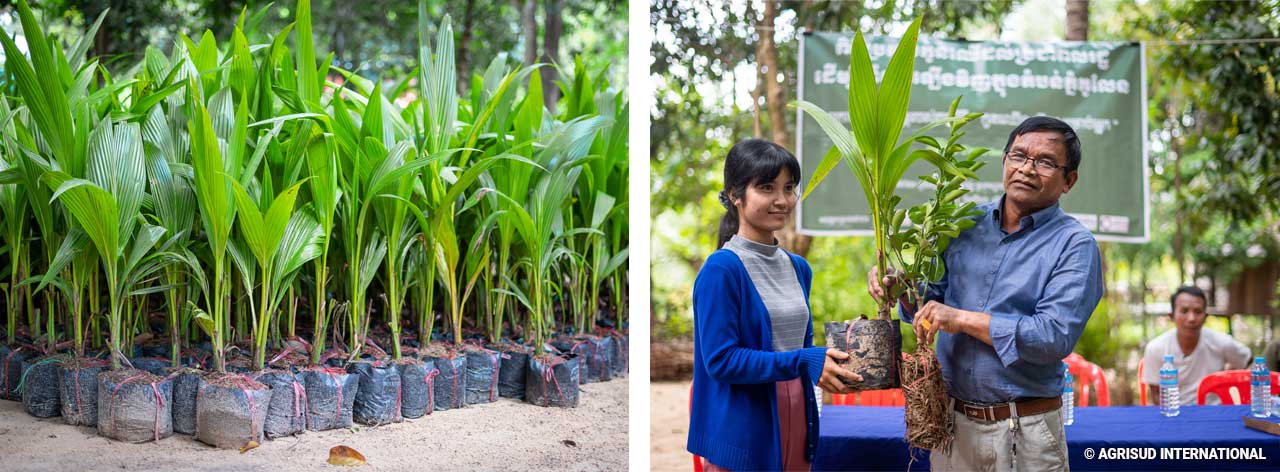
Since then, the results have been positive: out of a total of 12,421 trees planted (including 4,140 replanted), 9,933 were alive at the end of 2023.
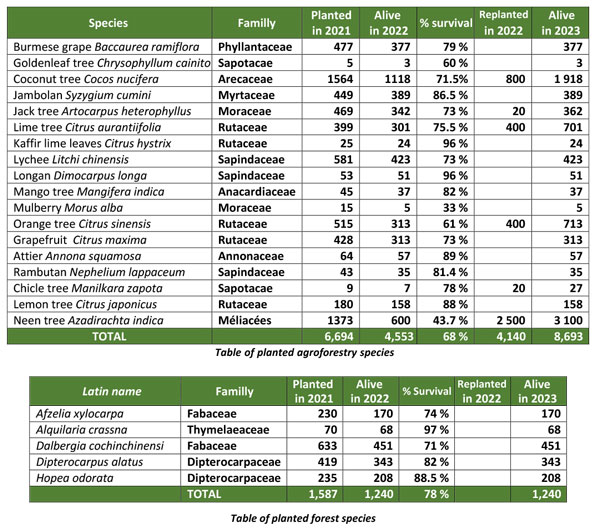
The year 2023 was dedicated to supporting producers in tree maintenance. Several good practices should be put in place to encourage tree growth, especially in the first years.
The first focus point is the foot of the trees. Hoeing, at the start of each rainy season, eliminates weeds and prepares the ground for mulching. This process involves covering the soil with materials of plant origin. Carried out just after hoeing, it helps, among other things, to limit water evaporation and weed growth, protect the soil from erosion and drought, and develop microbial life/soil fertility.
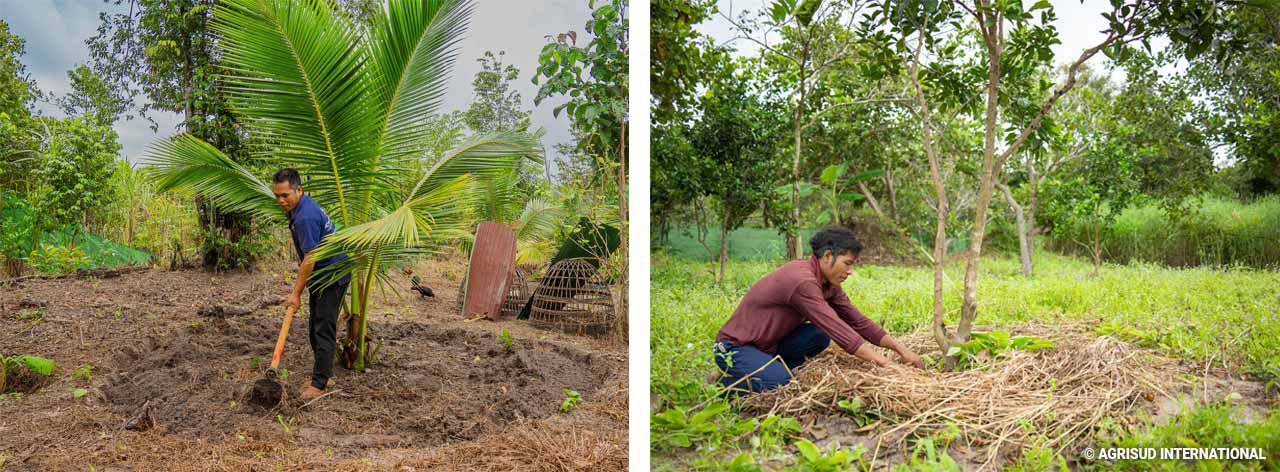
The second focus point is the phytosanitary protection of fruit trees, which are particularly prone to disease and pests. Sessions held on the production and use of biopesticidescentered on natural solutions based on raw materials easily available in the villages or fields: neem, garlic, pepper, tobacco, etc. These training sessions also highlighted the positive impacts on the environment and human health.
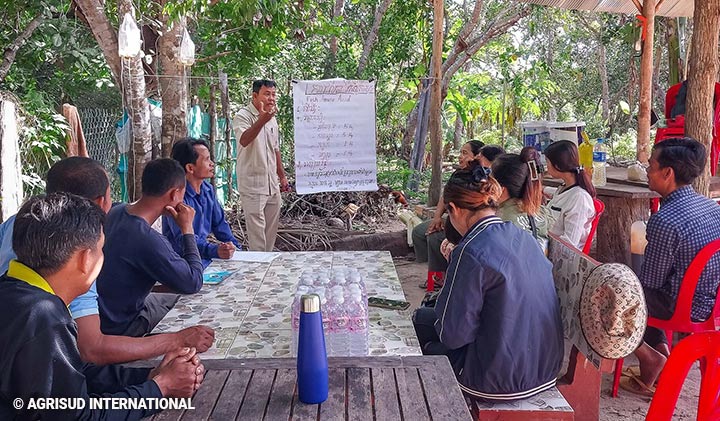
Testimony from a beneficiary
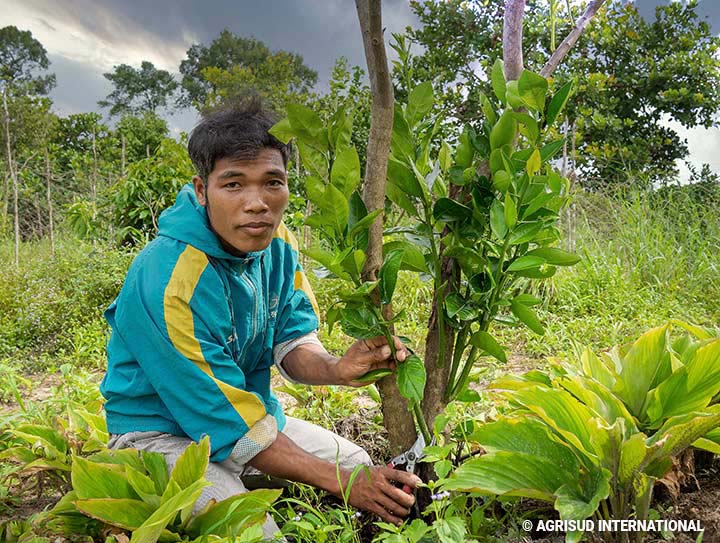
Vanna grows several species of trees on his farm: 10 longans, 10 lychees, 50 coconut, 5 lime, 5 orange, and 35 forest trees. He was given support in how best to prune his fruit trees, and says…
“With the project’s technicians, I first learned about so-called ‘shaping’ pruning. This involves shaping young trees so they produce plenty of good quality fruit. Now I also know how to do ‘maintenance’ pruning, which serves to remove dead or diseased branches and prevent contagion, and also to thin out the crown, i.e. remove certain branches to aerate the heart of the tree and let in light. Thanks to this regular pruning and hygiene recommendations, my trees are in good health. The fruit will be more beautiful, I’ll have better harvests, and I will increase my income.”
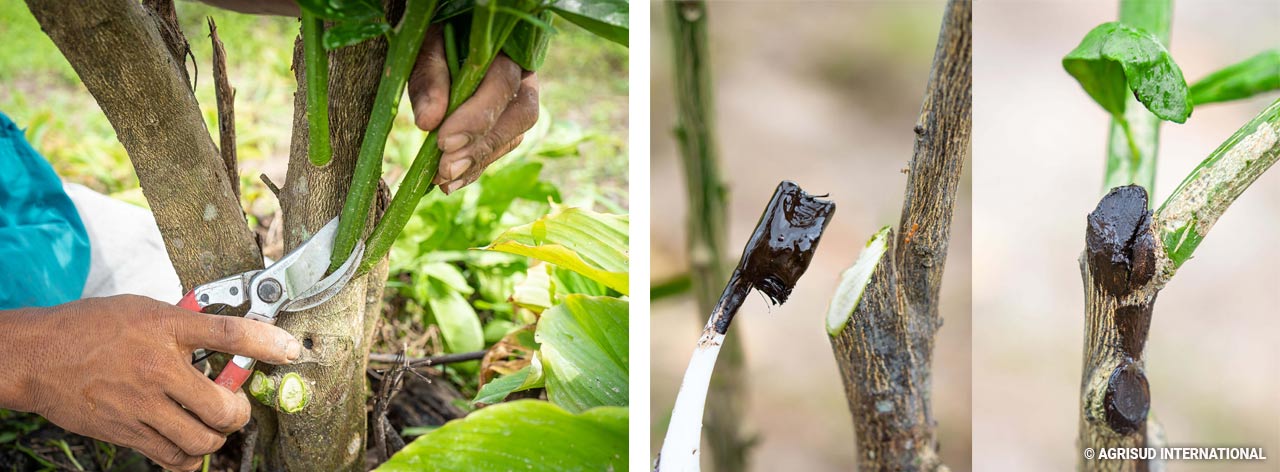
Previously in Phnom Kulen National Park, Cambodia
